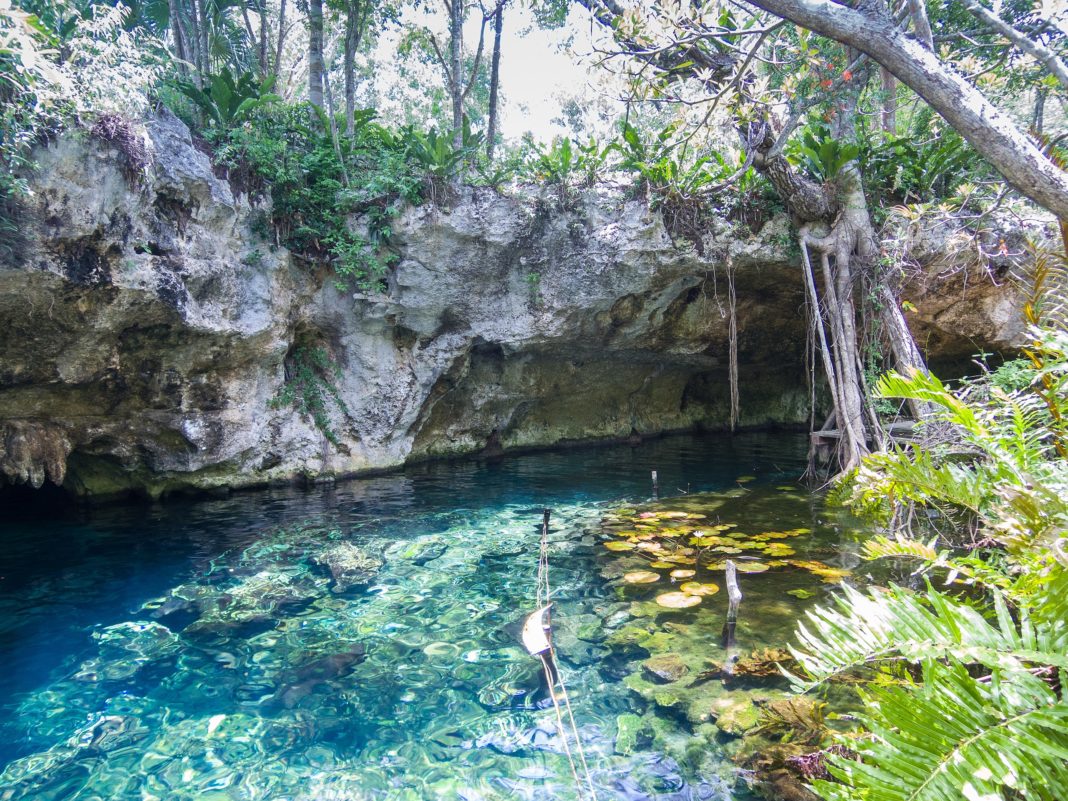The Gran Cenote is one of the most popular cenotes in the area. With its clear blue water, fascinating underwater caves, and abundant marine life, the Gran Cenote is a must-visit destination for anyone traveling to Tulum.
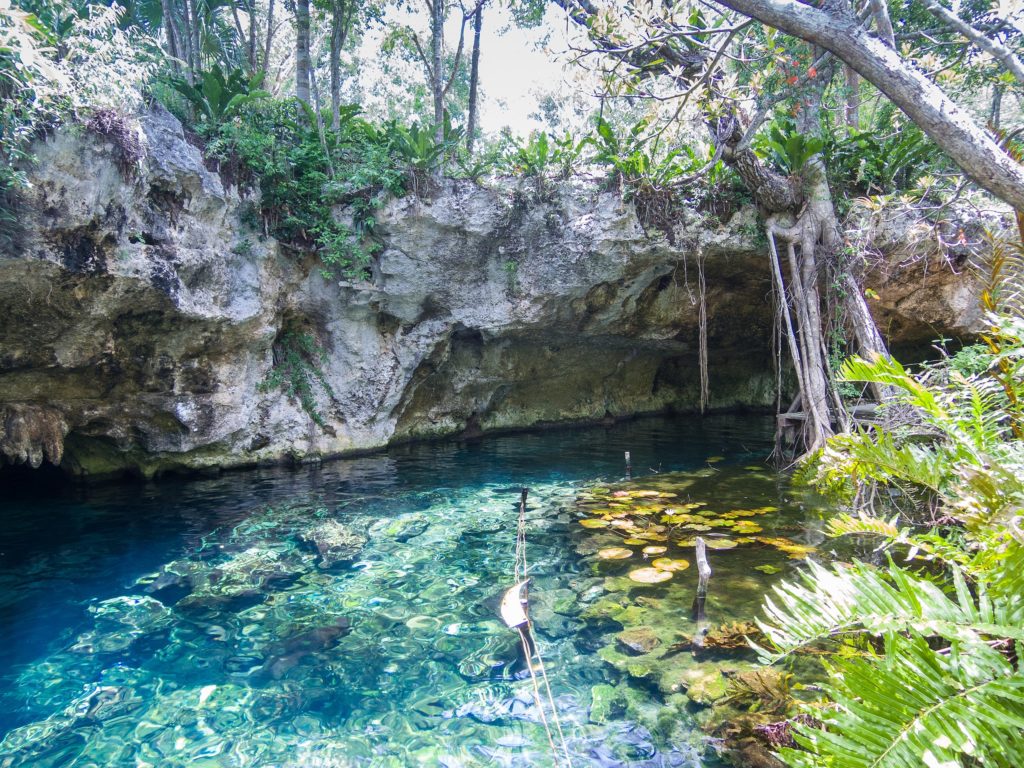
For some, the highlight is simply standing on the edge of the cenote and getting social media-ready photos from a birds-eye vantage point. For others, the experience isn’t complete without a little scuba diving or snorkeling. Even if you don’t put on a snorkel mask, you’ll still be able to spot the underwater fish with just a simple swim, the water is so clear. Some prefer to take tours, to learn more about the cenote’s history, cultural implications, wildlife, and geological formations.
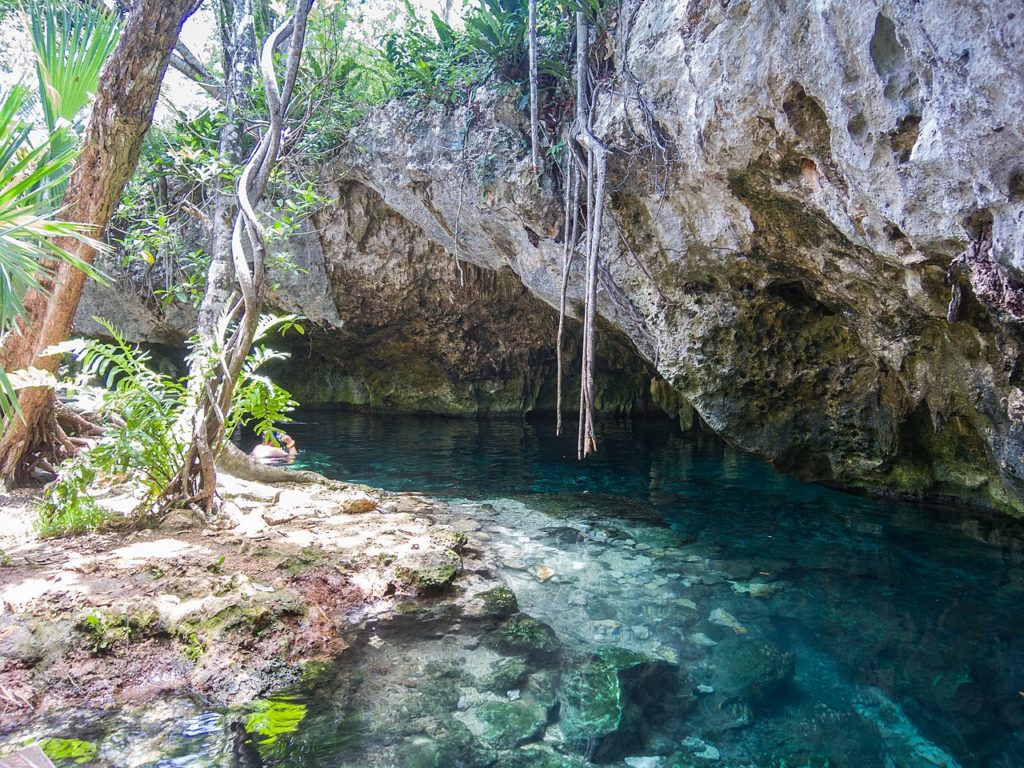
Gran Cenote may look like just a water-filled hole in the ground, albeit a beautiful one, but its importance is far greater and reaches far further back than some travelers might expect. Part of the longest underground water system on the planet, and the second-longest cave system in the world, Gran Cenote and similar limestone-surrounded ground waterways were part of the reason this region of Mexico was settled more than 12,000 years ago.
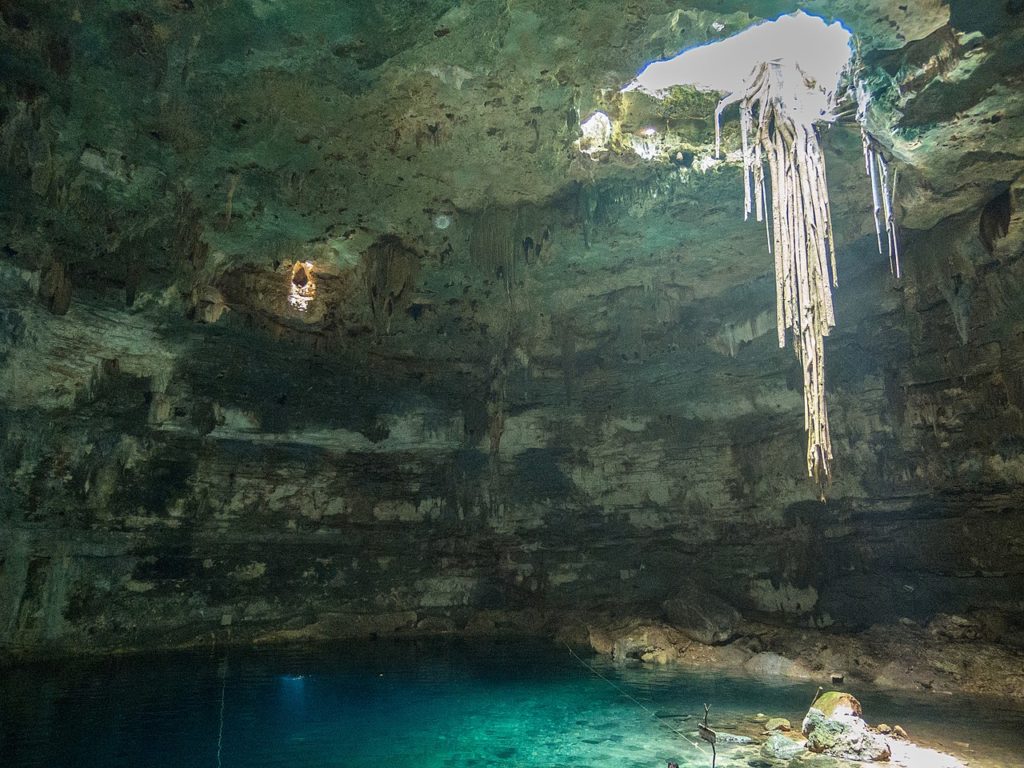
The freshwater helped to fuel life and some peoples, such as the Mayans, viewed the waters as sacred and used them for sacrificial offerings. Looking even further back, some estimate that these Yucatan Peninsula cenotes were linked to the extinction of regional dinosaurs, with some cenotes formed by potentially devastating meteor impacts. Today, the subject of cenotes isn’t quite so serious but, for many first-time visitors, their beauty is still capable of striking a certain amount of awe in onlookers.
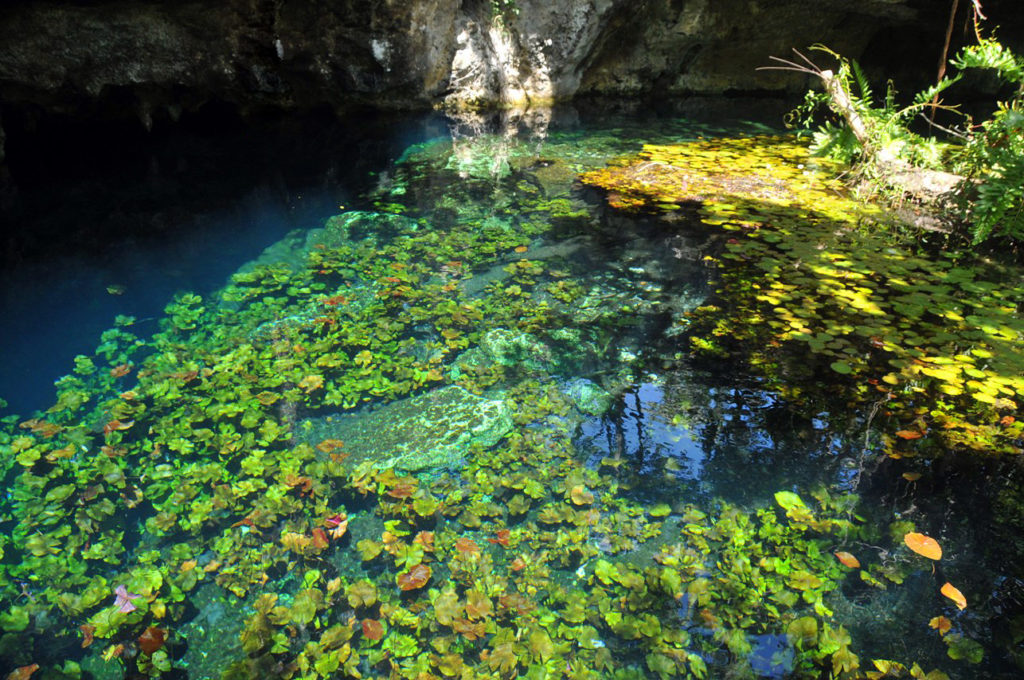
According to the Internet





